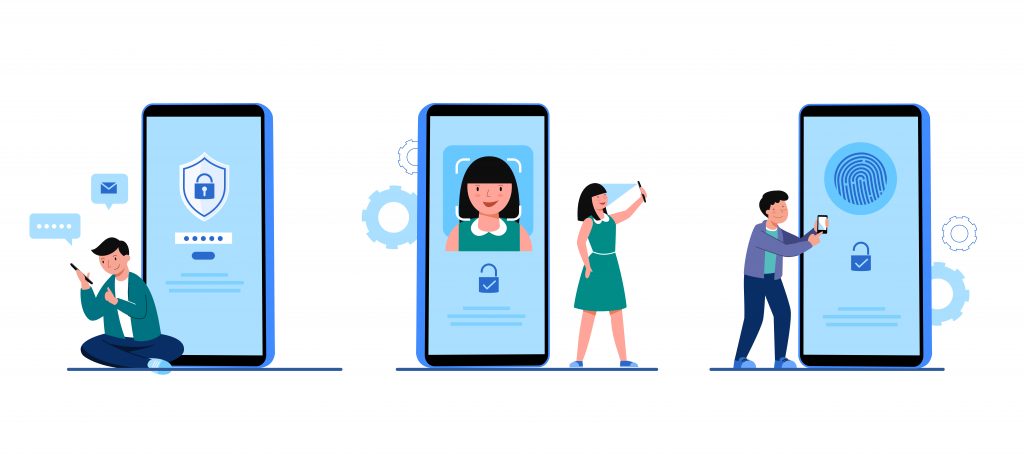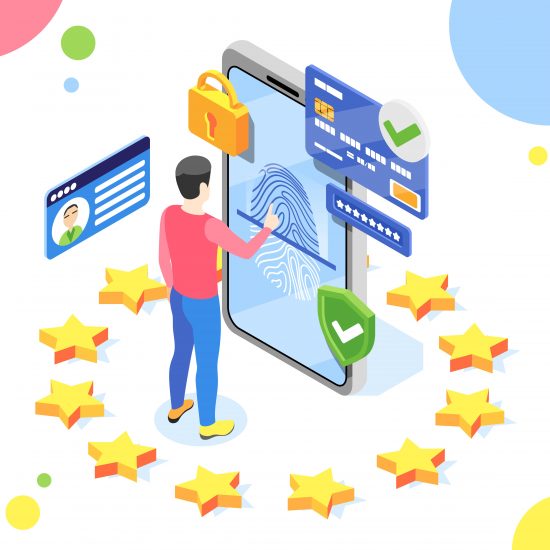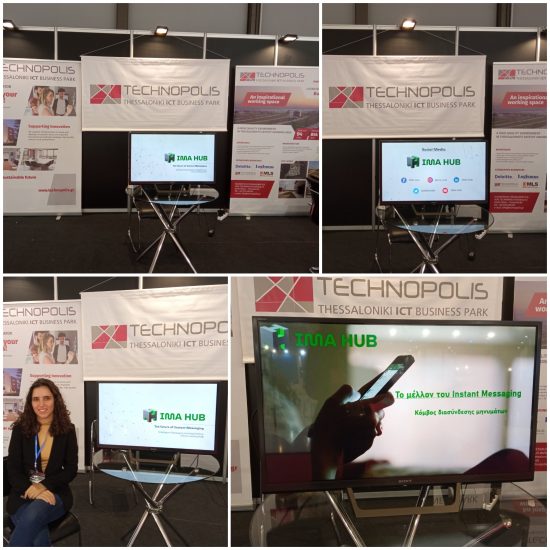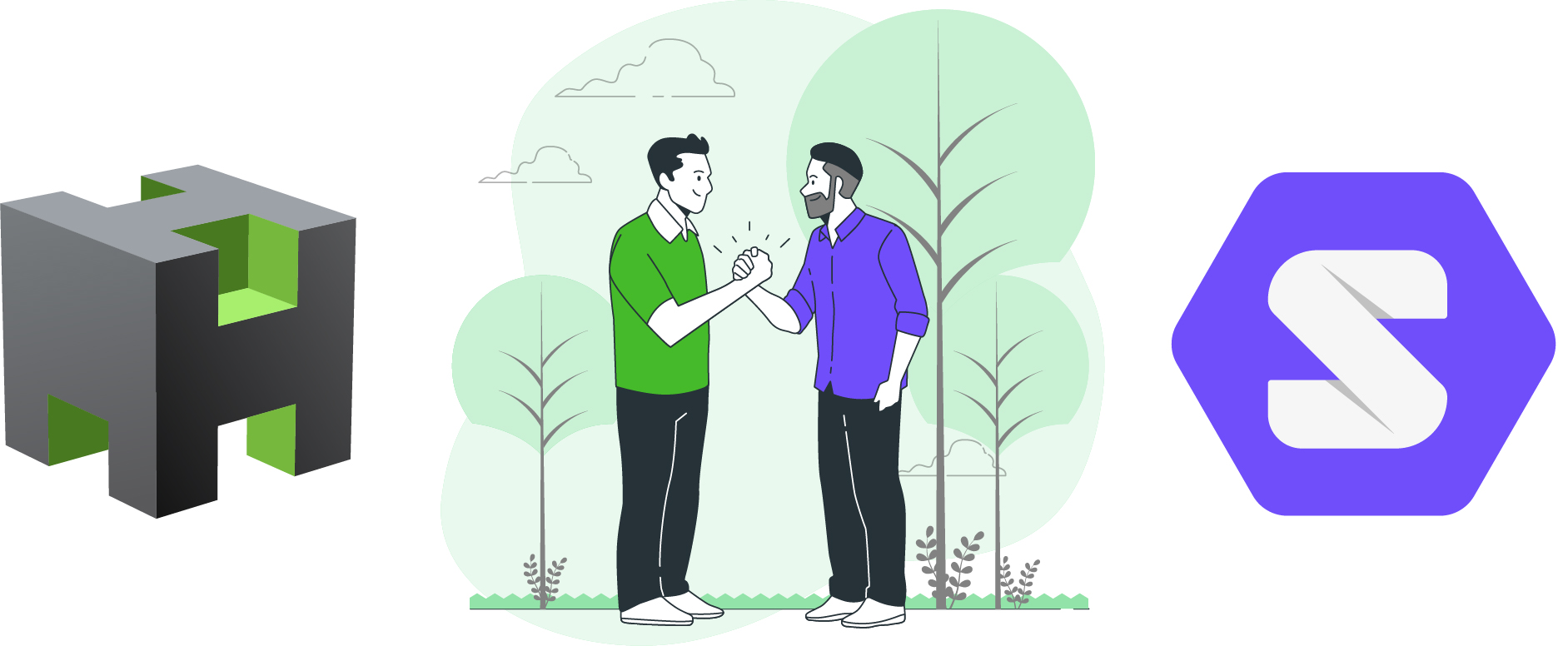
Ima-Hub uses Solid technology to securely store and access user’s data
Storage microservice
Ima-Hub’s storage microservice is responsible for managing user’s Pods.
Solid open-source code (https://solidproject.org/) has been used as the basis for the implementation of this microservice. Solid is an innovative specification that allows users to securely store their data in decentralized data systems called Pods.
Pods are essentially secure personal web servers for data (from structured data to regular files). When a user’s data is stored on the Pod, the user is in control of which individuals and applications can access it and can grant or revoke access to any part of their data at any time they deem necessary.
Anyone or anything that has access to data on a Pod uses a unique ID, certified by OpenID Connect. The access control system will use these identifiers to determine if an individual or application has access to a Pod resource.
Very experienced HUB users will be able to use their own storage if they wish. It will not be necessary for the user to use the space provided by the HUB but will be able to use any Pod-provider available on the Internet that will fully comply with the requirements of the Solid specification. All the HUB will need as information will be the Pod site url and the webID generated by each provider.
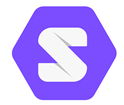
Why Solid?
Solid is a project led by Prof. Tim Berners-Lee, inventor of the World Wide Web, taking place at MIT (https://web.mit.edu). The project aims to radically change the way Web applications work today, resulting in true data ownership as well as improved privacy.
Solid (derived from “social linked data”) is a proposed set of conventions and tools for building decentralized social applications based on Linked Data principles. Solid is modular and extensible and it relies as much as possible on existing W3C standards and protocols.
Solid offers:
• True data ownership by decoupling content from the application itself. Users have the freedom to choose where their data resides and who is allowed to access it.
• Avoidance of vendor lock-in, allowing the user to seamlessly switch between apps and personal data storage servers, without losing any data or social connections.
